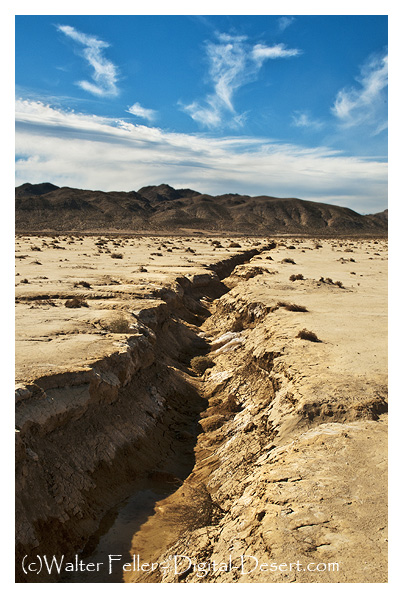Desiccation Cracks

Desiccation cracks, also called mud cracks, form when wet, clay-rich soil or sediment dries out and shrinks. As the water evaporates, the ground contracts and breaks apart, creating a network of cracks. You can find these cracks in many places, like dried-up lakebeds, muddy shorelines, and desert playas.
Once these cracks form, they often fill with new layers of sediment over time. This helps geologists figure out the original position of the ground before it was buried. Desiccation cracks can also show signs of how the land changed, such as whether it was tilted, folded, or exposed to the air before being covered again.
Although these cracks are useful for studying the past, they can also cause problems. They weaken the ground, making it harder for soil to hold together, absorb water properly, or regulate temperature. The way desiccation cracks form depends on many factors, including soil type, temperature, humidity, how thick the layer of mud is, and how often the ground goes through wet and dry cycles.
Playa/Dry Lakes